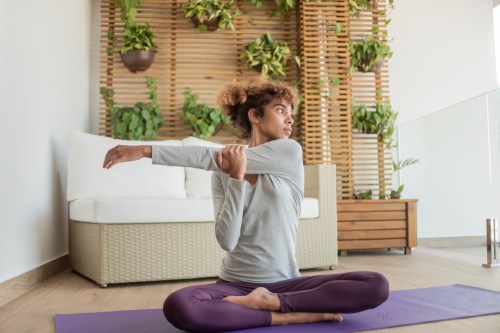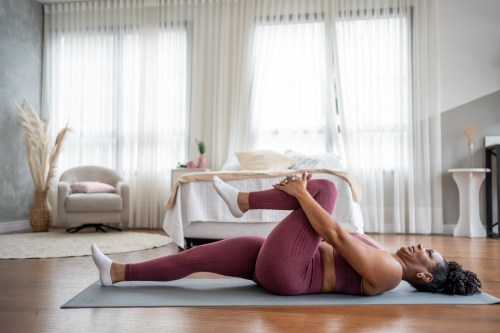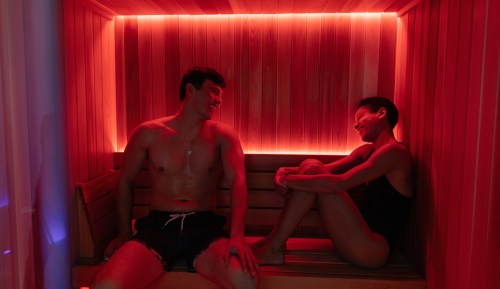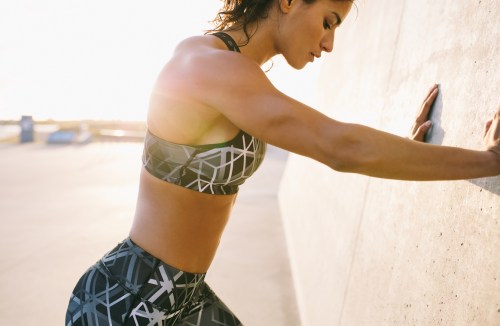Meet the $45 ‘muscle scraper’ that rivals any sports massage
This $45 muscle scraper provides full-body relief. Here's exactly how to use it all across your body, according to a sports physical therapist.

Sports massages can instantly get rid of tension and tight muscles. The issue, even pre-pandemic? The cost can add up quickly. That’s why muscle scrapers are increasing in popularity. They allow you to reap the benefits of pricey treatments in the comfort of your own home for a small fraction of the cost.
The tool—which essentially looks like a gua sha, except for your body—is essentially an over-the-counter DIY variation of a treatment that’s been used by physical therapists, massage therapists, and chiropractors for years, says sports physical therapist Brian Hoke, a Vionic Innovation Lab member. “There are several techniques that use similar methodology, such as the Graston technique, Astym, and IASTM (instrument assisted soft tissue mobilization). Each of these approaches have their own philosophy, and practitioners are trained in ways to achieve the desired results,” he says.
The muscle scraper, like this one from Sidekick ($45), allows you to get some relief at home. “It’s pulled along the skin with varying amounts of pressure. This can assist in a mechanical way by making the tissues more supple and compliant,” Hoke says. “There’s also typically a metabolic effect with an increase in the blood flow to the area, which can assist in moving the healing process along.” So, how exactly do you go about using the tool?
How to use a muscle scraper
If you want to try using a muscle scraper at home, it’s easy. Just be aware that if you have any recent injuries, you might want to hold off for a bit. “It’s best to avoid using this tool if it’s been less than two weeks,” Hoke says. After that point, using a muscle scraper can be very beneficial to those injuries. “The longer the injury has been hanging around, the more likely it is that this may help break up some scarring within the tissues and facilitate a useful inflammatory response,” he says.
Here’s how Hoke says to use the tool, step by step:
- 1.Begin by putting a cream or lotion on the skin to allow the tool to glide over the area. It should not be too oily, since one of the ideas behind the technique is to engage and move what’s under the skin.
- 2.Pull the surface of the tool (often curved to match the contour of the body being worked on) lightly the first few times, then with progressively more pressure to get to the deeper tissues. You can target anywhere you need it, from your shoulders and calves to your back and quads.
Sign Up for Our Daily Newsletter
Get all the latest in wellness, trends, food, fitness, beauty, and more delivered right to your inbox.
Got it, you've been added to our email list.










